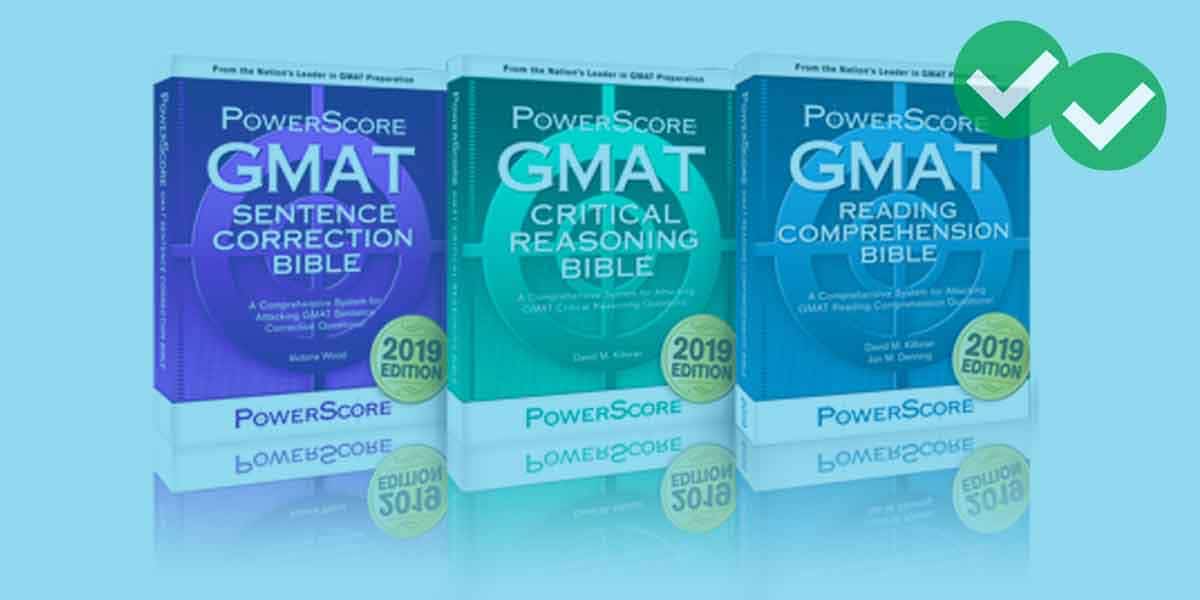Understand the task in this common GMAT Critical Reasoning question type.
Practice question
Before reading the blog, try this question:
1) Which of the following most logically completes the passage?
Recidivism is the return to criminal behavior, and consequently a return to prison, of a former prisoner who has already served in incarceration for a criminal conviction. In the United States, most burglars and common thieves have a recidivist rate above 70%. Studies have shown that, when available, those incarcerated burglars and thieves who pursue post-secondary education while in prison have substantially lower recidivism rates. Therefore, the government should fund programs that assist incarcerated burglars and thieves in pursuing higher education, especially since ___________________________.
A. right now, only a small percentage of all incarcerated burglars and thieves are pursuing any educational opportunities.
B. a wider education would allow those currently incarcerated to understand and appreciate the high incidence of recidivism
C. the cost of providing a complete post-secondary education would almost double the yearly costs associated with keeping that person incarcerated
D. higher educational level provides wider job opportunities, and according to studies, poverty is one of the chief causes of recidivism
E. convicts with certain mental illnesses tend to lapse into recidivism regardless of the opportunities and support they encounter upon their release
The question type
One question the GMAT CR seems to love is the complete-the-argument type. The prompt in such a question is something along the lines of, “Which of the following most logical completes the passage?” This is followed by an argument, the core of which is already relatively complete. This argument ends with a blank, and your job is to figure out what best would fill in that concluding blank.
By far the most frequent cases are those in which the blank is preceded by the word “since” or “because” — that’s what we have in question #1 above. In this case, you are asked to find corroborating evidence, some additional facts that would strengthen the argument. You often can’t predict such an answer. You need to understand the connection the argument is trying to establish, and you look for something that would strengthen that connection.
In a few questions of this type, the blank may be preceded by words such as “it may be expected that” (looking for a prediction) or “assuming that” (looking for an assumption). If you are asked to provide an assumption, you may be able to formulate some tentative guesses before proceeding to the answer.
Contextual critical thinking
As always on GMAT Critical Reasoning, this question demands critical thinking and careful attention to contextual details. Sometimes prompts bring up emotionally charged issues: for example, if someone you know well has served time in prison, recidivism could be a deeply moving issue for you. As always, it’s important to put any strong emotions aside and tune into exactly what the argument does, and does not, say.
In the cases with “because” or “since” before the blank, in which you are asked to find additional strengthening evidence, be very clear in distinguishing those facts that could strengthen the argument vs. those fact that must strengthen the argument. Obvious, the correct answer must be of the latter kind, but this means that some incorrect answers could be of the former kind. Don’t be tempted by an answer because you could imagine, if X and Y and Z were also true, that this answer could be a strengthener.
Having read this, you may want to give the practice question another look before reading the analysis below.
Analysis of the practice question
The prompt gives us
a. a definition of recidivism
b. a brief explanation of why it’s a problem
c. evidence: post-secondary education lower recidivism rates
d. conclusion: government should spend $$ to educate prisoners — that will reduce recidivism
Now, we want an answer that will strengthen the conclusion, that could tip the balance in convincing someone that, yes, the government should spend money on educating incarcerated criminals. Let’s look at the answers.
A. right now, only a small percentage of all incarcerated burglars and thieves are pursuing any educational opportunities.
Hmmm. Does this mean that, by and large, these convicts are simply not interested in education? That would weaken the argument (why spend money educating folks who don’t want to be educated?) Or, would more of them be interested, but currently are not pursuing higher education because they can’t afford it? That would be a very strong strengthener for the argument (they want the education that will help them, but they need the money.)
Because we can interpret this ambiguous fact both as a weakener and a strengthener, it’s not a particularly strong answer to the question.
B. a wider education would allow those currently incarcerated to understand and appreciate the high incidence of recidivism
There’s a big difference between (a) understanding that something is a problem, and (b) knowing how to solve the problem. Many people know that smoking is a problem but continue to smoke. Some homeless people understand how vast and complicated a problem homelessness is, but that knowledge doesn’t help them escape the problem. In this vein, educating folks so that they could understand how extensive and serious a problem recidivism is would not, in and of itself, do much to solve the problem. Therefore, this is not a strong answer.
C. the cost of providing a complete post-secondary education would almost double the yearly costs associated with keeping that person incarcerated
Finding out purely that this would cost a great deal is certainly not an inducement to throw more money at it. If anything, this weakens the argument — not what we want. This is not correct.
D. higher educational level provides wider job opportunities, and according to studies, poverty is one of the chief causes of recidivism
Poverty is a cause of recidivism, and higher education leads to jobs — jobs reduce poverty, and that in turn reduces recidivism. This provides support and explanation for the evidence that higher educated reduces recidivism, making it all the more plausible that spending more money on educating convict would reduce recidivism. This strengthens the argument, which is exactly what we want, so this is a very strong answer.
E. convicts with certain mental illnesses tend to lapse into recidivism regardless of the opportunities and support they encounter upon their release
Educational opportunities are not helpful to some mental ill convicts, so spending more on education will do nothing for these folks — it’s not what they need. This is actually an argument against spending more money on educational opportunities —- some people will not be helped at all by such spending. This is a weakener: not what we want. This is not correct.
Of these answers, (C) & (E) are weakeners, so they are not correct. (B), by itself, is not strong enough and (A) is ambiguous, so those are not particularly attractive answers. By contrast, (D) is a clear, direct, unambiguous strengthener, so it is by far the best answer.
Answer = (D)
Here are some more GMAT Critical Reasoning Practice Questions






Leave a Reply